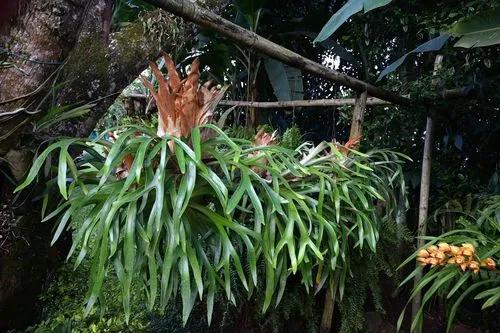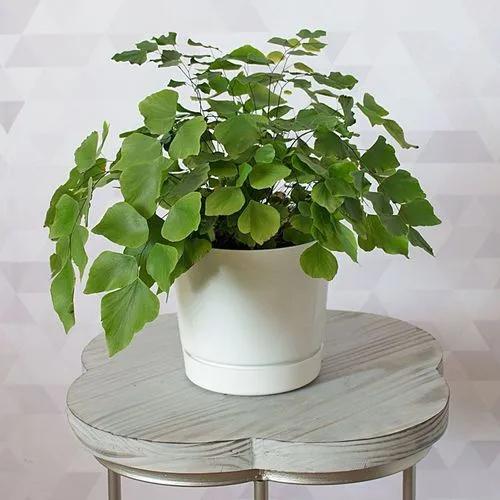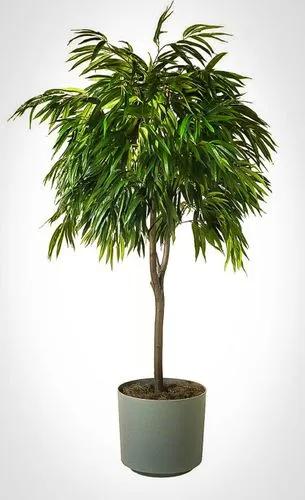Deer fern is a relatively small fern, with fronds growing from 20-80 cm (8"-32") long. There are two types of fronds: fertile and sterile. The sterile fronds are evergreen, and have 35-70 pairs of leaflets that are fully attached to the stipe (stem) of the frond.
Deer Fern Care
Blechnum Spicant



How to Care for the Plant

Water

Deer ferns prefer regular watering to maintain moist soil. However, allowing the soil to dry before watering stresses these plants.

Pruning

Occasional pruning is a crucial aspect of deer ferns. If not pruned, they may become bushy and difficult to look after. Therefore, lightly prune the plant in winter or spring. Trim any yellow or brown fronds to improve the plant’s appearance and the airflow around it.

Fertilizer

When it comes to fertilizing, feed the plant once in a month, except for in the winter season. Apply an all-purpose liquid house plant food to ensure the optimum growth of the plant.

Sunlight

Sandy

Soil

Deer Ferns should be planted in a compost rich, acidic soil with a pH of 5.0-6.5. They thrive in partial to full shade but can be grown in almost any light conditions, except full sun in a hot climate.

Temperature

Tolerant to cold winter temperatures (USDA zones 5-8).

Additional

Although we have found no reports of toxicity for this species, a number of ferns contain carcinogens so some caution is advisable[200]. Many ferns also contain thiaminase, an enzyme that robs the body of its vitamin B complex. Deer fern is a relatively small fern, with fronds growing from 20-80 cm (8"-32") long. There are two types of fronds: fertile and sterile. The sterile fronds are evergreen, and have 35-70 pairs of leaflets that are fully attached to the stipe (stem) of the frond.

Popularity

66 people already have this plant 16 people have added this plant to their wishlists
Discover more plants with the list below
Popular articles






